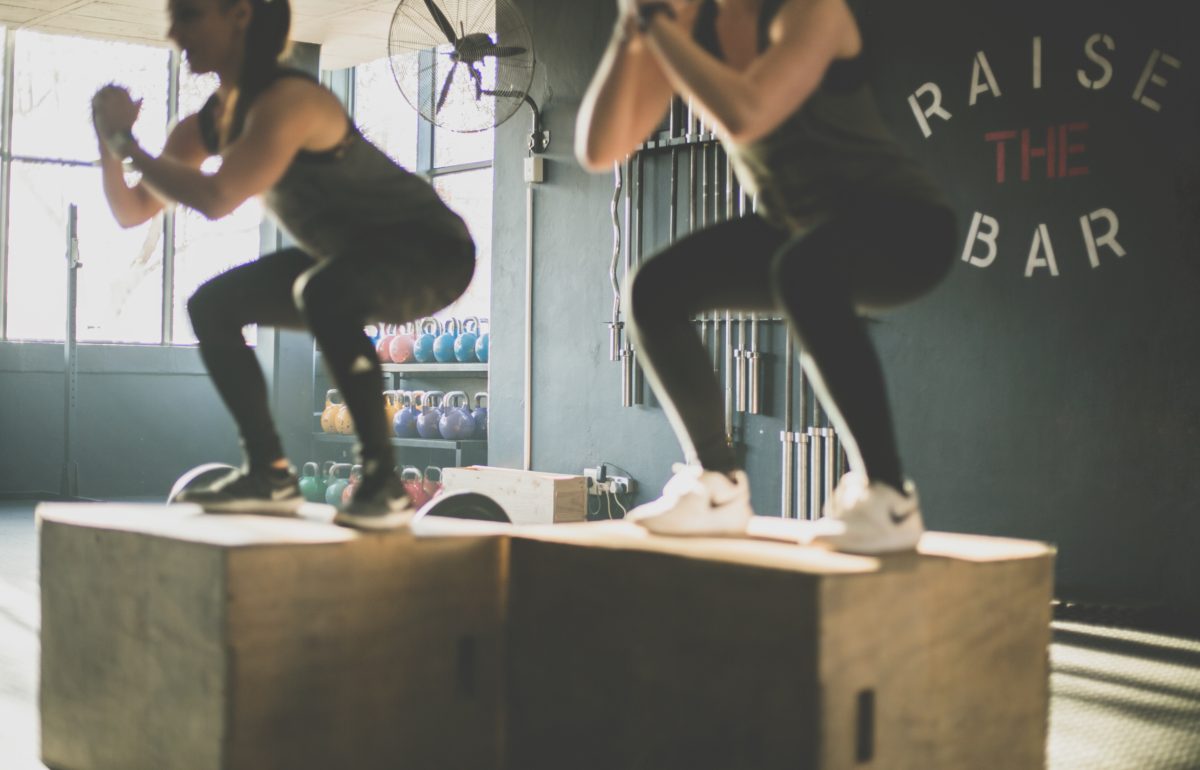Common Sports Injuries and How to Avoid Them

Photo by Meghan Holmes on Unsplash
Injuries are usually a pretty common occurrence for athletes, but you don’t have to be doing backflips on a daily basis to hurt yourself badly. Sprains, muscle pulls, tendonitis, fractures, broken bones, and many other notorious sports injuries can happen to anyone at any time.
Whether you’re an athlete in training, a fitness expert, or if you simply enjoy regular workouts to stay fit, it’s best to get educated on some of the most common sports injuries and learn the most effective ways to prevent them.
Here are some of the most common sports injuries, how to recognize them, and how to prevent them –
Articular Cartilage Injuries
The cartilage that cushions your bones is very often affected by repetitive wear and tear, as seen in most sports. This frictionless cartilage at the ends of your bones is extremely hard to replicate after it’s been injured, and it usually does not regenerate. Common areas where cartilage issues are seen are the knees and shoulders. MRI’s and arthroscopic procedures are most often used to diagnose cartilage injuries, and based on the severity, surgery may be needed. Warning signs include severe pain, swelling, and decreased movement of the affected area. Prevent cartilage injuries by stretching daily, warming up before every workout, and allowing the body to rest between workouts!
Rotator Cuff Tears
This is a common injury for athletes like swimmers, weightlifters, and baseball players, but it’s reported that about 50 percent of people over the age of 65 have some kind of rotator cuff tearing – this is seen by many experts as a natural part of aging. Rotator cuff injuries can happen after immediate trauma, or they can develop over time. This kind of shoulder injury is characterized by pain, weakness, and lack of mobility. Protect your rotator cuff muscles by doing regular shoulder strength training exercises, strengthening the areas around your shoulder for support (back, neck, chest, etc.) and using proper form when lifting weights or performing other exercises.
Achilles Tendon Injuries
This is probably one of the most painful sports injuries, and also one of the most difficult to prevent. It’s not unusual for recovery time to be roughly six- to nine-months and, in some cases, even longer. Most common in sports involving running or jumping, Achilles problems such as tendonitis come with symptoms like severe pain and swelling. To prevent Achilles tendon injuries, work on strengthening your calf muscles for support. If you do suffer from a pull or tear, stay off your feet – this condition is notoriously known to get worse over time! Cross-training with elements such as yoga and biking have been known to improve Achilles injuries during the healing process.
Hamstring Injuries
Hamstring tears are commonly seen in sports such as soccer and football, where sudden quick movements are required. Symptoms include tenderness, bruising, and trouble walking or standing. Hamstring injuries are very likely if you don’t warm up and stretch before exercising, or if the muscles in the front of your thigh (the quadriceps) are a lot stronger than your hamstrings – be sure to stretch, and work out your thigh muscles evenly to avoid hamstring problems.
Shin Splints
Seen most often in runners, shin splints come with some serious pain in the leg when the muscles around your shin become inflamed. They’re caused by over-working your body with very intense exercise, worn-out shoes, or wear and tear from the pressure of repetitive running or jumping. Wearing good shoes, cross training, stretching, and avoiding a sharp increase in your workout intensity too quickly are the best preventive measures.
Sources:
• http://healthyliving.msn.com/fitness/the-worst-sports-injuries-and-how-to-avoid-them#1
• http://www.foxnews.com/story/2009/06/19/top-10-sports-injuries/